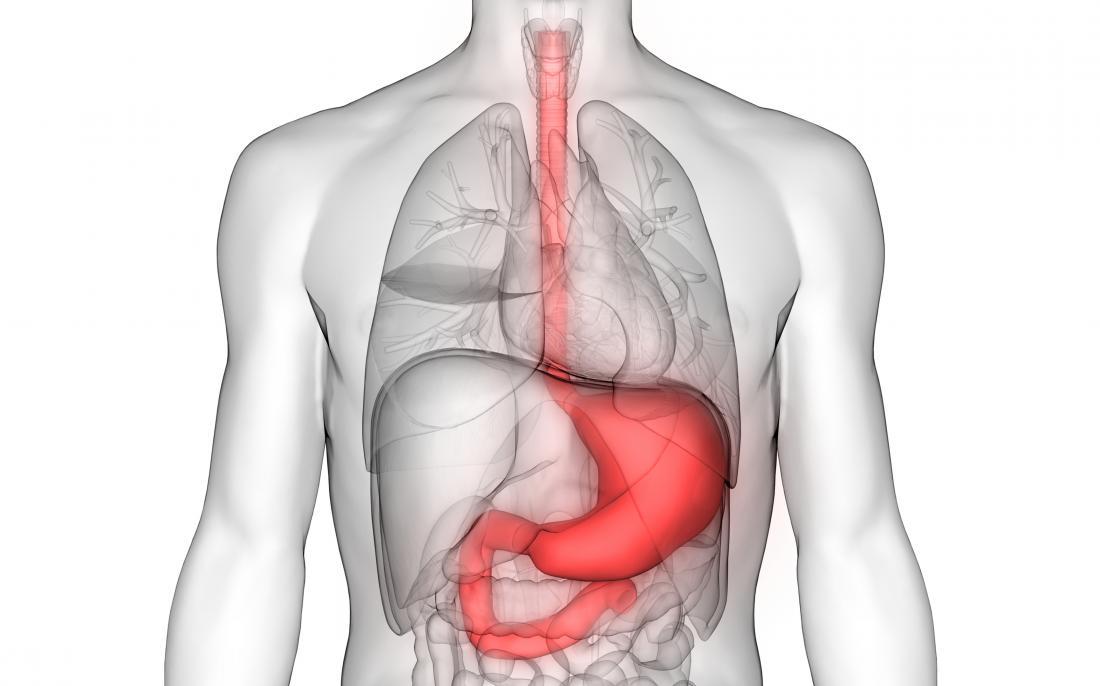What to do if you have atrophic gastritis?
Chronic atrophic gastritis is the next stage of the “usual” chronic gastritis. Gradually, inflammation in the stomach destroys the glands, the mucous membrane atrophies, and then pathological changes in the epithelium occur. Atrophic gastritis is a precancerous disease, that is, against its background, a fatal stomach cancer develops. But not everything is so sad. Atrophic gastritis is an unpleasant disease, but it is treated, and with timely therapy it does not turn into cancer.
The content of the article
Stage 1 – where to start
Stage 2 – treatment
Stage 3 – after treatment
Stage 1 – where to start
You need to do a gastroscopy with a biopsy. In modern clinics, a multifocal biopsy is taken and the degree of atrophy is determined according to the OLGA classification. From the stomach, forceps take 5 pieces of the mucous membrane: 3 from the antrum and 2 from the body of the stomach. In each sample, 10 correctly oriented glands are evaluated. Then they count how many of them are atrophied and get the percentage of atrophy. For each section of the stomach, an average percentage is calculated. These percentages are converted into points. As a result, according to the OLGA classification, gastritis receives both a degree and a stage.
Read Also: Best 7 ways psychologists themselves can relieve stress 2022
Degree is a temporary phenomenon. Today it is high, tomorrow it is low. The degree is determined by the severity of mucosal infiltration by immune cells. A stage is a more permanent phenomenon. In the natural course of the disease, one stage passes into another, and they do not return back. The presence of the third or fourth stage indicates a high risk of gastric cancer and requires a special approach to managing patients. They are regularly examined so that if a tumor appears, it can be detected at an early stage.
If atrophic gastritis is confirmed, conduct daily pH-metry. It is needed to evaluate the acid-producing function of the stomach.
Stage 2 – treatment
Once a diagnosis is made, two things are required:
- Treatment
- Observation
The disease is chronic. She cannot be cured. You will have to accept atrophic gastritis as your own and live with it until the end of your common days. But with quality treatment, these days will not come very soon. The progression of the disease can be stopped, and in the coming years it is unlikely to bother you with symptoms.
Treatment includes three main areas:
- Suppression of Helicobacter pylori infection.
- Gastroprotection – protection and restoration of the gastric mucosa.
- Correction of B12 deficiency anemia.
Helicobacter is the cause of atrophic gastritis. By eliminating this cause, we immediately stop the progression of the disease. The course of treatment for the infection is short – about 2 weeks. Usually two antibiotics are used at once – if one does not work, then the other will destroy the bacterium.
Gastroprotection involves the appointment of drugs from the rebagit group, which restore the mucosa itself and, according to research results, reduce the degree of atrophy. At the same time, neither proton pump inhibitors nor bismuth preparations have the ability to restore the mucosa, but simply block the release of hydrochloric acid in the stomach or cover mucosal defects that are not present during atrophy. Perhaps, in the future, the course of treatment with gastroprotectors from the rebagit group will have to be repeated periodically.
Patients with atrophic gastritis often develop pernicious anemia. Correction of vitamin B12 deficiency successfully solves this problem.
There is also autoimmune gastritis, which is not associated with Helicobacter pylori infection. It rarely occurs. With this form of pathology, special treatment is required, which will be prescribed by a doctor.
Stage 3 – after treatment
Follow-up is required after treatment. Since the disease is chronic, and there is no complete recovery of the mucous membrane, the patient is periodically examined in order to respond in time in case of progression.
The frequency of the examination depends on the changes detected in the stomach. If there is only atrophy, then it is enough to do a gastroscopy once every 3 years. If areas of dysplasia are found, this indicates an increased risk of oncology. Such patients need to be examined once every 6 or 12 months, depending on the severity of dysplasia.
Read Also: Maintaining a Healthy Lifestyle: 2022






